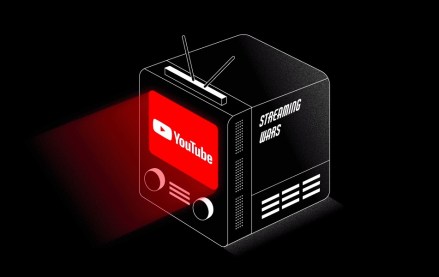
Twitter’s new image-centric design is giving its advertisers’ promoted tweets an engagement boost but might actually decrease clicks to an advertiser’s site.
Media buyers and social ad tech providers say paid tweets that include image previews have received more than twice the engagement levels compared with those that don’t. Engagement means clicks on the tweet itself, and social actions such as retweets or favorites.
“Engagement has really dramatically increased,” said James Borow, founder of Twitter ad buying technology firm Shift, whose clients include major brand advertisers, such Unilever, Walmart, American Express, Red Bull, Verizon and others. “It’s only been 15 days, but so far engagement for promoted tweets with images is roughly two times higher, based on our data.”
That’s good news for brand advertisers and for Twitter, which now has shareholders to answer to and an ad business to prove. But this could come as bad news for marketers using promoted tweets to drive users to their sites. Digiday has previously reported that publishers have also noticed a boost in engagement for organic tweets since the update was released but, as of yet, have little idea if it’s actually helping drive traffic for them either.
So marketing software provider Driftrock decided to conduct some A/B tests of its own. It set up three identical promoted tweet campaigns driving traffic to driftrock.com. Each campaign featured two tweets — one with an image and one without.
In 24 hours, Driftrock said it became clear that the tweets with images vastly outperformed those without, both in terms of engagement and clicks, but also it noticed that increased engagement doesn’t necessarily translate into traffic.
“Don’t be deceived by high engagement rates on picture tweets — despite picture previews now displaying by default, users are still very likely to click on the picture link rather than the outbound link,” company founder Matt Wheeler told Digiday.
As a result, direct-response advertisers should base their decisions on whether or not to include an image based on hard metrics such as cost-per-click and cost-per-acquisition data rather than vanity metrics like engagement and clicks that don’t necessarily lead to conversions, he said.
The image-preview feature is still in its infancy, of course, having been launched just two weeks ago. Some agencies, including 360i, say they haven’t yet collected enough data to tell if the change has had a major impact on its clients’ campaigns or not.
But this serves as a reminder that engagement and traffic are two different things. An increase in the former might be good for Twitter, and for certain brand advertisers, but the shift might leave some marketers needing to alter the way they use paid media on the platform.
“It’s something marketers will need to keep testing as the functionality beds in,” Wheeler concluded. “Things might change.”
More in Marketing

Lowe’s wants to do more with AI shopping in 2026
Mylow, a shopping assistant powered by ChatGPT that launched in March, is already driving double the conversion rate for online shoppers.

‘This isn’t the old pre-roll world’: YouTube has been talking TV — now it’s selling that way
YouTube is ramping up efforts to get TV’s largest advertisers to move more of their budget into its platform.

As every screen becomes shoppable, attribution problems resurface
As more media environments become points of purchase, attribution and measurement remain the thorn in the side of commerce execs.





